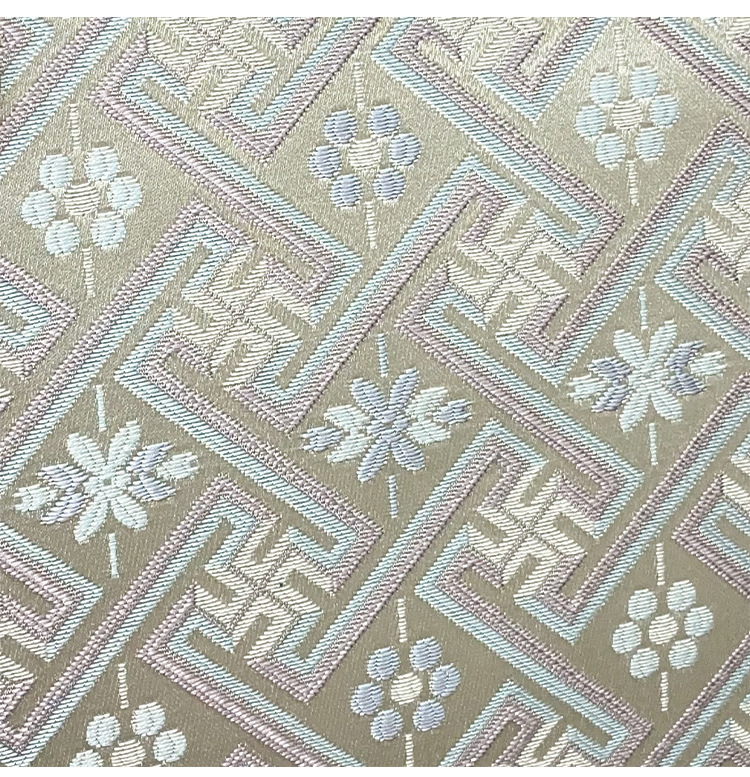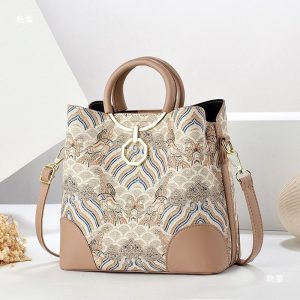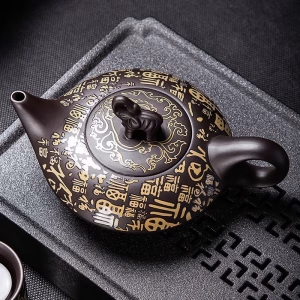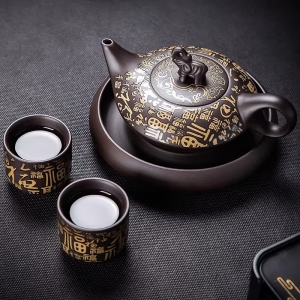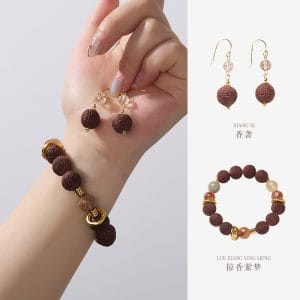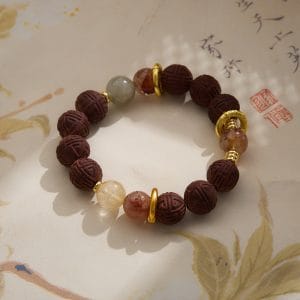The European Tapestry: From Royal Courts to Rural TraditionsEmbroidery craftsmanship in Europe developed along distinctly different lines, heavily influenced by trade, royalty, and religious institutions. In England, the famed Opus Anglicanum of the medieval period became a luxury export, with ecclesiastical vestments featuring intricate goldwork and silk thread that demonstrated both technical mastery and wealth. Meanwhile, in Eastern Europe, particularly in countries like Ukraine and Hungary, embroidery took on a more folkloric character. Vibrant floral motifs and geometric patterns adorned traditional garments, with each village often developing its own signature styles and color palettes. These regional variations weren’t merely decorative—they served as markers of identity, indicating one’s village, marital status, and social standing through the language of thread and needle.
Asian Elegance: Philosophy Stitched in SilkAcross Asia, embroidery craftsmanship evolved with deep connections to spiritual practices and philosophical traditions. Chinese embroidery, with its origins dating back to the Warring States period (5th-3rd century BCE), developed four distinct regional styles: Su, Xiang, Yue, and Shu. Each represented different geographical areas and specialized techniques, from the delicate single-thread work of Suzhou to the bold decorative patterns of Guangdong. Japanese embroidery took a different path, with techniques like Sashiko originating as functional reinforcement for farming garments in northern regions, while Kyoto’s courtly traditions produced exquisite gold thread work for kimonos. The regional differences across Asia reflect not just aesthetic preferences but entire worldviews—where Chinese embroidery often depicted symbolic creatures and landscapes, Indian zardozi work incorporated metallic threads and precious stones reflecting Mughal influences, and Korean embroidery frequently featured more minimalist designs influenced by Confucian principles.
Industry reports suggest that regional specialization continues to influence the economic aspects of embroidery craftsmanship today. According to a 2022 textile heritage report, regions with historically strong embroidery traditions maintain 34% higher value in their handmade textile exports compared to areas without such heritage. The same report indicates that geographical indication protections—which authenticate products based on their regional origin—have become increasingly important in preserving these distinctive techniques. For instance, Chikan embroidery from Lucknow, India and Madeira embroidery from Portugal have both seen market values increase by over 20% since receiving geographical indication status, demonstrating how regional differences continue to create economic value in the modern marketplace. academic sources
The Middle Eastern and Central Asian approaches to embroidery craftsmanship developed in response to nomadic lifestyles and desert environments. Palestinian tatriz, with its distinctive cross-stitch patterns and rich reds and blacks, varied significantly from village to village, with patterns passed down through generations of women. In Uzbekistan, suzani embroidery featured larger-scale floral and solar motifs worked on hand-woven fabrics, originally created as part of a bride’s trousseau. The regional variations here were often practical—denser stitches and thicker threads in areas with harsher climates, more open designs in temperate regions—while also serving as visual documentation of cultural exchange along the Silk Road.
African embroidery craftsmanship demonstrates perhaps the most diverse regional interpretations, with techniques adapting to available materials and cultural needs. In North Africa, particularly Morocco and Algeria, gold thread embroidery on velvet and silk reflected Islamic influences and trade connections with Andalusia. Meanwhile, in West Africa, the Kano region of Nigeria developed elaborate hand-embroidered robes known as ‘riga’ using locally woven fabrics, while the Ashanti people of Ghana incorporated symbolic patterns into their embroidery work. The regional differences across the continent show how embroidery adapted to local dyes, fabrics, and cultural symbolism, with some regions favoring abstract geometric patterns and others developing more figurative representations.
The Americas developed their own regional embroidery identities through a complex process of cultural fusion. Mexican tenango embroidery from the Tenango de Doria region features brightly colored animal and floral designs that tell community stories, while the Molas of the Kuna people in Panama incorporate reverse appliqué techniques that are unique to their region. In the United States, embroidery traditions diverged significantly—from the delicate whitework of the Colonial era to the bold crewel embroidery of New England and the cowboy embroidery traditions of the American West that focused on durable leather stitching. These regional variations emerged from available materials, cultural influences, and practical needs, creating a diverse tapestry of techniques across the continents.
Despite globalization, many regions continue to maintain their distinctive embroidery craftsmanship traditions, often through concerted preservation efforts. UNESCO’s Intangible Cultural Heritage list now includes several regional embroidery techniques, recognizing their cultural importance and supporting their continuation. What’s remarkable is how these regional differences persist even in the digital age—while patterns and techniques can now be shared instantly online, many artisans choose to maintain their regional identities, understanding that the geographical origin of a technique is inseparable from its cultural meaning and technical execution. industry reports
The story of embroidery’s regional variations is ultimately a story about human adaptation and identity. From the silk roads of Asia to the trade routes of the Mediterranean, from the nomadic tribes of Central Asia to the royal courts of Europe, embroidery craftsmanship has always been shaped by its environment while simultaneously expressing what makes each culture unique. What began as practical stitching to reinforce fabric evolved into one of humanity’s most sophisticated art forms, with each region developing its own visual language through needle and thread. As we look to the future of this ancient craft, preserving these regional differences becomes not just about maintaining techniques, but about safeguarding the diverse cultural narratives they represent—proof that even the smallest stitch can carry the weight of history and place.
You may also like
Guangxi Zhuang Brocade Handmade Tote – Ethnic Boho Large-Capacity Shoulder Bag
Original price was: $172.00.$150.00Current price is: $150.00. Add to cartAncient Craftsmanship & ICH Herbal Beads Bracelet with Yellow Citrine & Silver Filigree Cloud-Patterned Luck-Boosting Beads
Original price was: $128.00.$89.00Current price is: $89.00. Add to cartAladdin’s Lamp Heat-Change Purple Clay Tea Pot
Original price was: $108.00.$78.00Current price is: $78.00. Add to cartHandwoven Zhuang Brocade Tote Bag – Large-Capacity Boho Shoulder Bag
Original price was: $178.00.$154.00Current price is: $154.00. Add to cartBambooSoundBoost Portable Amplifier
Original price was: $96.00.$66.00Current price is: $66.00. Add to cartAncient Craft Herbal Scented Bead Bracelet with Gold Rutile Quartz, Paired with Sterling Silver (925) Hook Earrings
Original price was: $322.00.$198.00Current price is: $198.00. Add to cart

